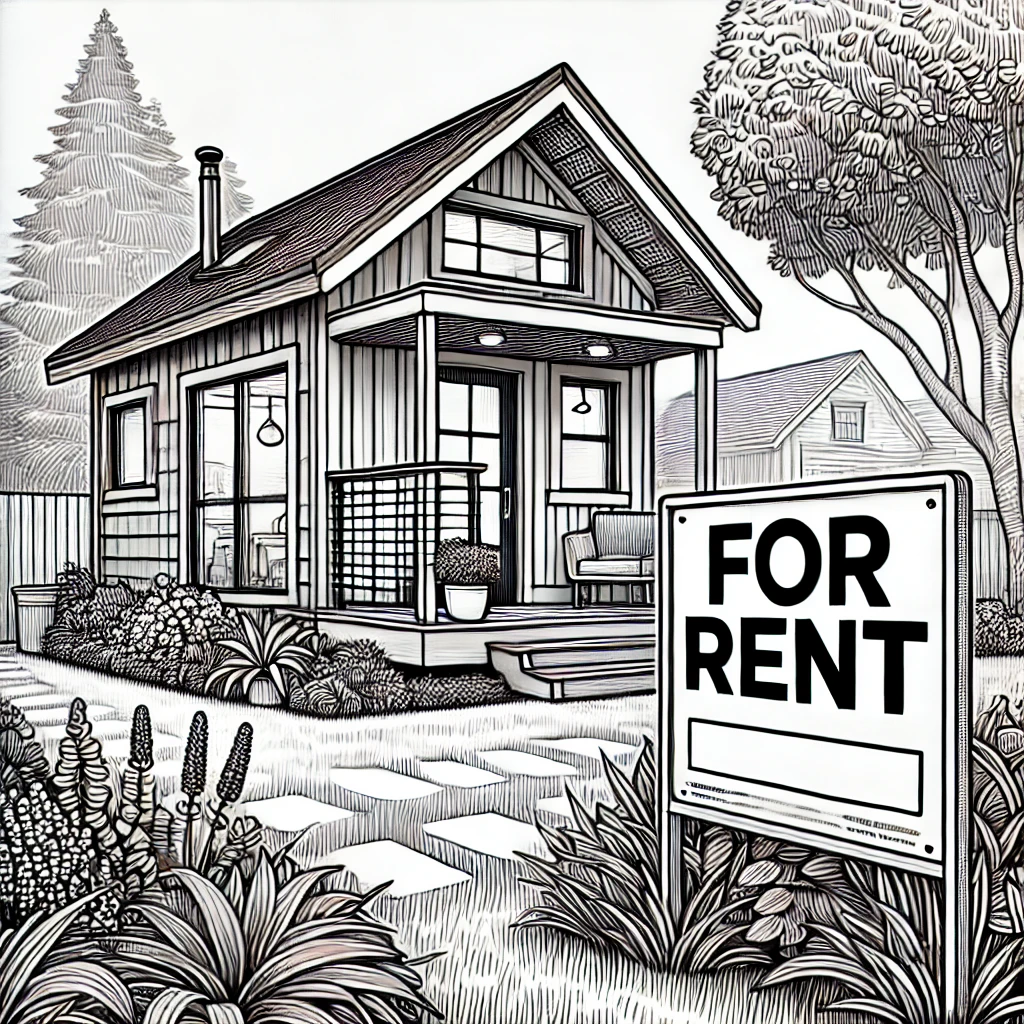San Diego has become a hub for ADUs in recent years, and one of the reasons why is how easy they are to rent out.
With home supply limited, renting out your ADU can be pretty straightforward and provide reliable income.
Here’s everything you need to know about renting out an ADU in San Diego.
Step 1: Understand Local Regulations
San Diego has specific regulations regarding ADUs, which are best accessed via the ADU handbook provided on the San Diego Government site (see here).
Familiarize yourself with local zoning laws, occupancy limits, and rental restrictions.
ADUs must meet specific requirements, including size limits and parking regulations.
The main ones to keep in mind are:
- The owner must live on-site, this promotes accountability and a sense of community.
- The ADU must be within size limits, typically 1,200 sq ft or 50% of the size of the primary dwelling, whichever is smaller.
- Off-street parking is a non-negotiable if the ADU is within half a mile of a public transit stop.
Make sure to read the guidelines on the official government site so you’re well prepared.
Step 2: Prepare Your ADU for Renters
Once you’ve learned about the regulations, it’s time to make sure that your ADU is actually suitable for use as a rental property.
This includes basic safety, as well as interior decorations and amenities.
Ensure the ADU is Safe and Up to Code
Your ADU obviously needs to be safe and up to code before you rent it out.
This means everything like having smoke detectors and secure locks, and if you’re unsure it’s straightforward to hire a building inspector who can guide you in the right direction.
Furnish and Decorate
A well-furnished ADU can attract higher-paying renters. Consider furnishing the space with essential items like a bed, sofa, and kitchen appliances.
Simple, modern décor can make the unit more appealing to potential renters. Adding personal touches, such as artwork or plants, can make the space feel more homely and inviting.
Step 3: Set a Competitive Rental Price
It’s now time to set a price for your ADU.
Rental prices vary a lot, with most costing anywhere from $1,750 to $4,000 per month.
Research the Market
Research similar rental properties in your area to determine a competitive rental price.
Use websites like Zillow to get an insight into what other ADUs in San Diego are renting for.
Keep in mind factors like location, size, and amenities when setting your price.
Consider Additional Costs
Don’t forget to factor in costs like utilities, maintenance, taxes, and property management fees if applicable. These expenses can add up, so it’s important to ensure your rental price covers these while still being attractive to potential tenants.
Short-Term vs Long-Term Rentals
There is also an option to rent out your ADU for a long term (greater than 30 days) or short term.
Both have benefits. For long-term rentals, you won’t have to deal with frequent turnovers and new guests, and they’re much easier to manage.
Short-term rentals are not as susceptible to rent control regulations, so you can often charge a higher rate. It also allows for peak rates, which again can lead to more income, but with the downside of management time.
Step 4: Market Your ADU
The next step is marketing, as it will be hard to rent out your ADU if nobody knows about it.
Create a Compelling Listing
To attract renters, create a compelling listing with high-quality photos and a detailed description of the ADU.
Highlight key features, such as proximity to popular San Diego spots, modern amenities, or a private outdoor space. Use descriptive language to make your ADU stand out from the competition.
List on Multiple Platforms
To reach a wider audience, list your ADU on multiple rental platforms like Zillow, Craigslist, and Airbnb.
If you’re still not getting any bites, social media can be ideal for marketing your ADU, but we know this isn’t for everyone.
Step 5: Screen Potential Tenants
The final step involves screening potential tenants.
If you’re using a property management service for this, then they will handle screening the tenants, but if you want to manage it yourself, here are some tips.
Conduct Background Checks
Screening tenants is a priority – not only will this ensure that the tenants will pay on time and respect your property, but it also means you don’t have to worry as much.
Conduct thorough background checks, verify employment, and request references. This process helps protect your investment and provides peace of mind.
Use a Rental Agreement
Always use a written rental agreement that outlines the terms of the lease, ideally one crafted by a lawyer with experience in the ADU space.
The agreement should contain everything from rental price and deposits to lease duration and much more – always seek legal advice if you’re unsure.
A Quick Recap
Renting out your ADU in San Diego can be a lucrative opportunity if done correctly – here are the key things to remember:
- Understand regulations: Your ADU needs to comply with local laws. If unsure, visit the official website here.
- Prepare your ADU: Make sure it’s safe, up to code, and well-furnished.
- Set the right price: Make sure your price is competitive with local rates.
- Market effectively: Use as many platforms as you can, and consider social media if needed.
- Screen tenants: Conduct background checks and use a clear rental agreement.
Ready to rent out your ADU in San Diego? Follow these steps to maximize your success and secure reliable tenants.
